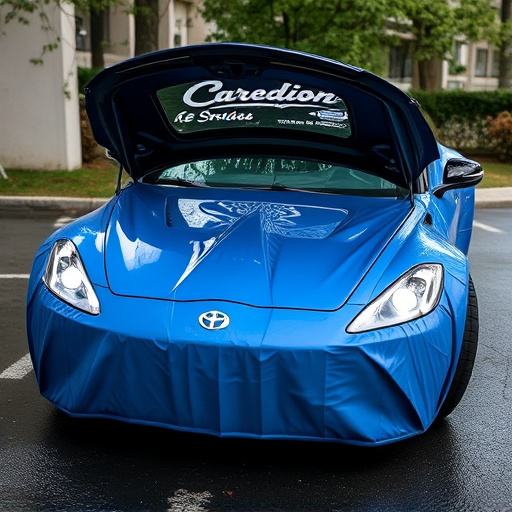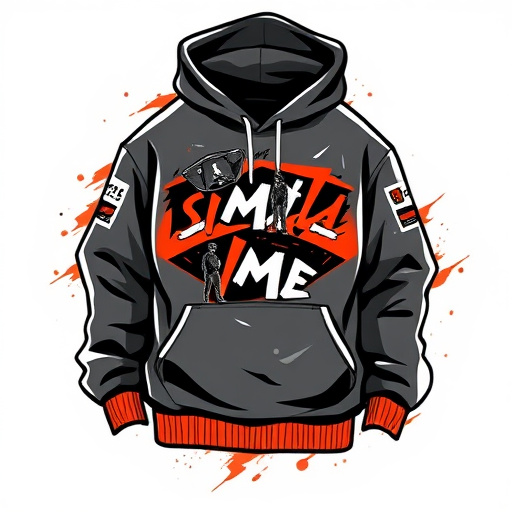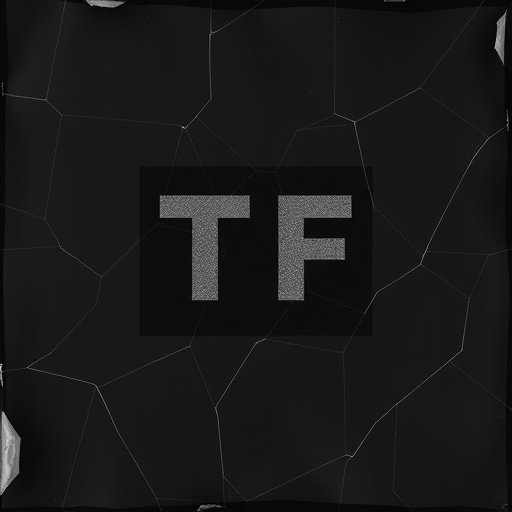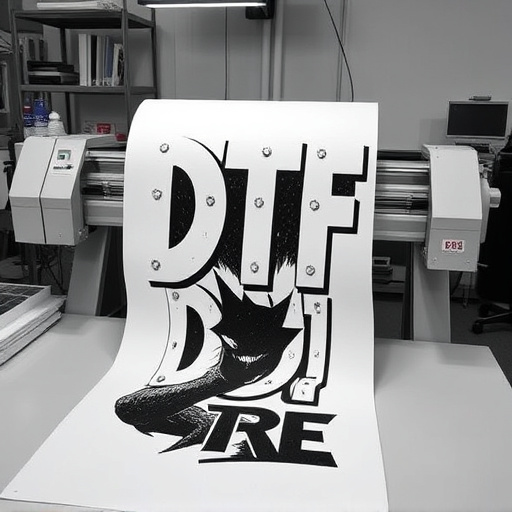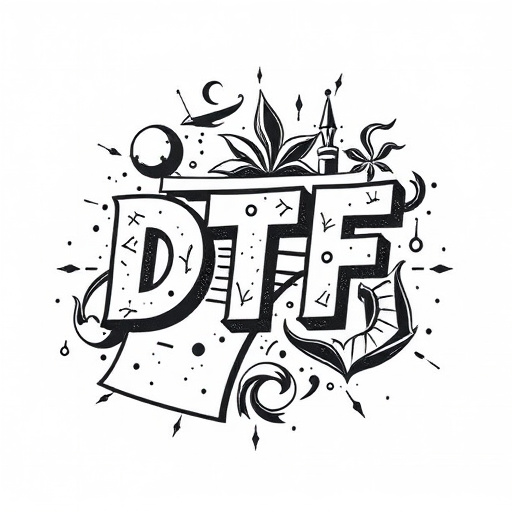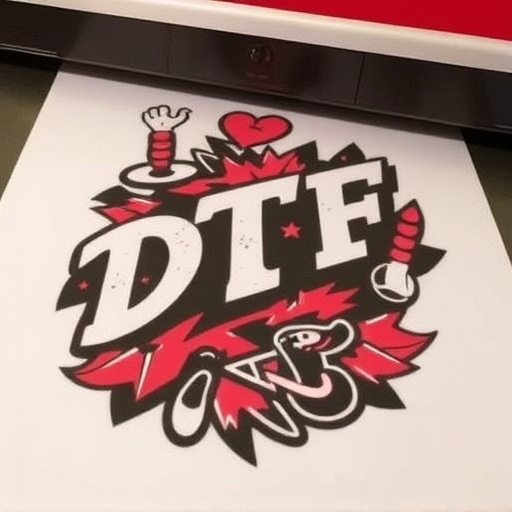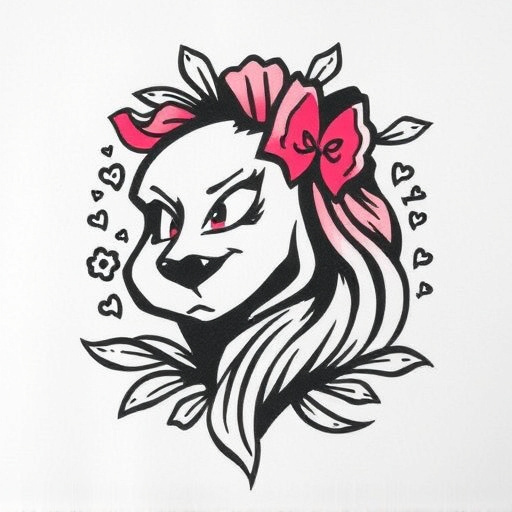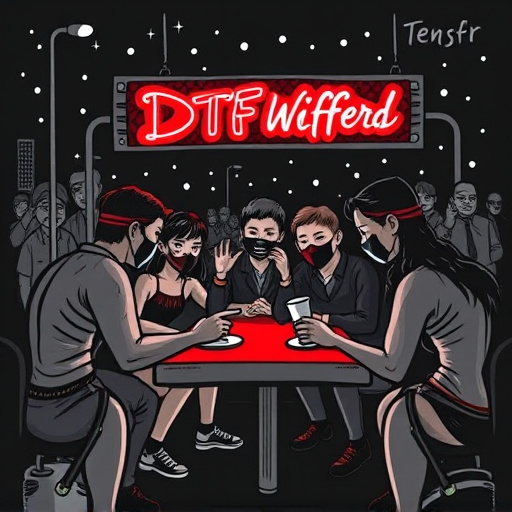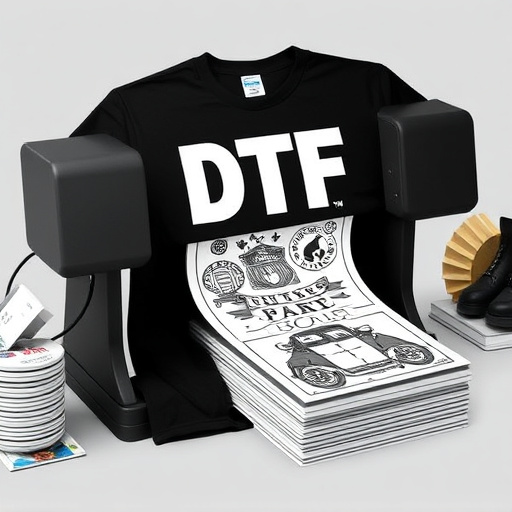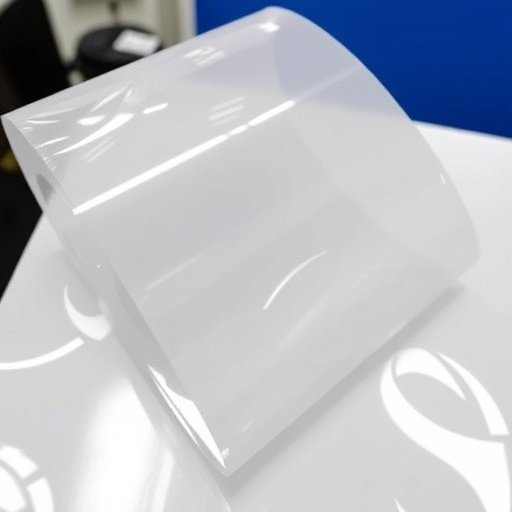Designing Custom DTF Transfers Ready To Press involves using heat and pressure to print vivid designs on fabrics. It requires mastering design software, selecting suitable templates for optimal layout and fabric types, and understanding color theory for precise reproductions. Balancing color profiles ensures high-quality, visually appealing results.
Dive into the art of creating custom DTF (Direct-To-Film) transfers with this comprehensive guide. If you’re ready to press your creativity into high gear, this article is for you. From understanding the fundamentals of DTF printing to selecting the perfect design software and mastering color theory, we’ll equip you with essential tips to achieve vibrant, eye-catching results. Learn how to transform your designs into ready-to-press masterpieces.
- Understanding DTF Printing: Essential Basics
- Choosing the Right Design Software & Templates
- Mastering Color Theory for Vivid Transfers
Understanding DTF Printing: Essential Basics
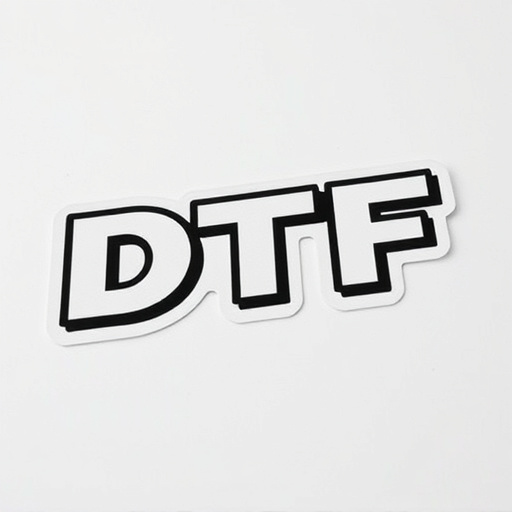
Designing custom DTF (Direct to Fabric) transfers ready to press is a creative process that involves understanding the unique capabilities and limitations of this printing method. DTF printing, often chosen for its versatility, is a direct printing technique where designs are transferred onto fabric using heat and pressure. It’s particularly popular for light fabrics due to its ability to produce vibrant colors and sharp details.
The key to successful DTF printing lies in preparing your design with the right settings and choosing suitable dtf heat transfer paper. By optimizing these factors, you can ensure that your custom transfers result in high-quality images on a variety of fabrics. Whether you’re working with cotton, polyester, or mixed fabrics, understanding the fundamentals of dtf printing for light fabrics will help you achieve exceptional outcomes, making your custom DTF transfers ready to press and produce with ease.
Choosing the Right Design Software & Templates
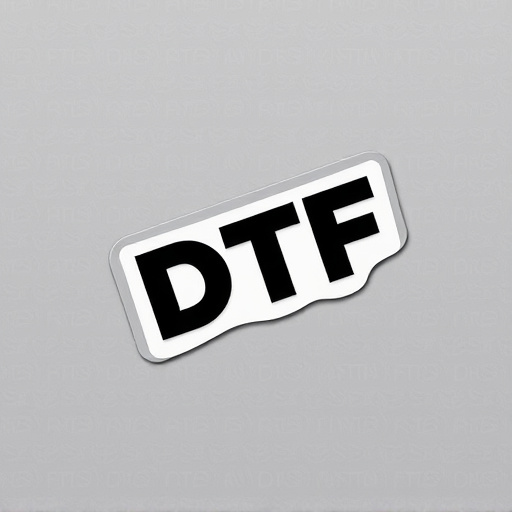
When designing custom DTF Transfers Ready to Press, selecting the appropriate design software and templates is a crucial step. Opt for programs that cater specifically to print-on-demand products, offering features like vector graphics support, precise layout tools, and pre-made templates tailored for DTF (Direct To Fabric) printing. Adobe Illustrator and CorelDRAW are popular choices due to their advanced design capabilities and compatibility with various print services.
Templates play a vital role in streamlining the design process, especially for beginners. Look for templates designed specifically for DTF for Apparel applications, which often include pre-set dimensions and layout guides for different fabric types. Incorporating these tools ensures your designs are optimized for successful printing on cold peel DTF transfer sheets, enhancing the overall quality of your final products.
Mastering Color Theory for Vivid Transfers
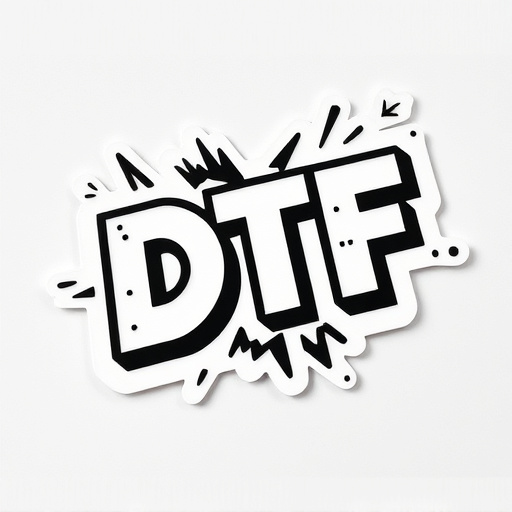
Mastering color theory is an essential step when creating Custom DTF Transfers Ready to Press. In the world of digital printing, especially with direct to film (DTF) printers, understanding color profiles and their impact on final outcomes is crucial. Each color in the design process has a unique place in the spectrum, and combining them harmoniously can make your transfers pop.
When designing for DTF printing on t-shirts or other materials, consider complementary colors that enhance each other rather than clash. The right balance of warm and cool tones, along with understanding color contrast, ensures vibrant and precise reproductions. This knowledge allows designers to choose the best palette for their artwork, guaranteeing visually appealing and high-quality DTF transfers when printed with professional equipment.
Designing custom DTF (Direct-to-Film) transfers ready to press is an art that combines technical proficiency and creative vision. By understanding the fundamentals of DTF printing, selecting the right software and templates, and mastering color theory, you’re well-equipped to create vibrant, high-quality designs. Remember, attention to detail and a deep understanding of your audience’s preferences are key to making your custom DTF transfers stand out in today’s market.
